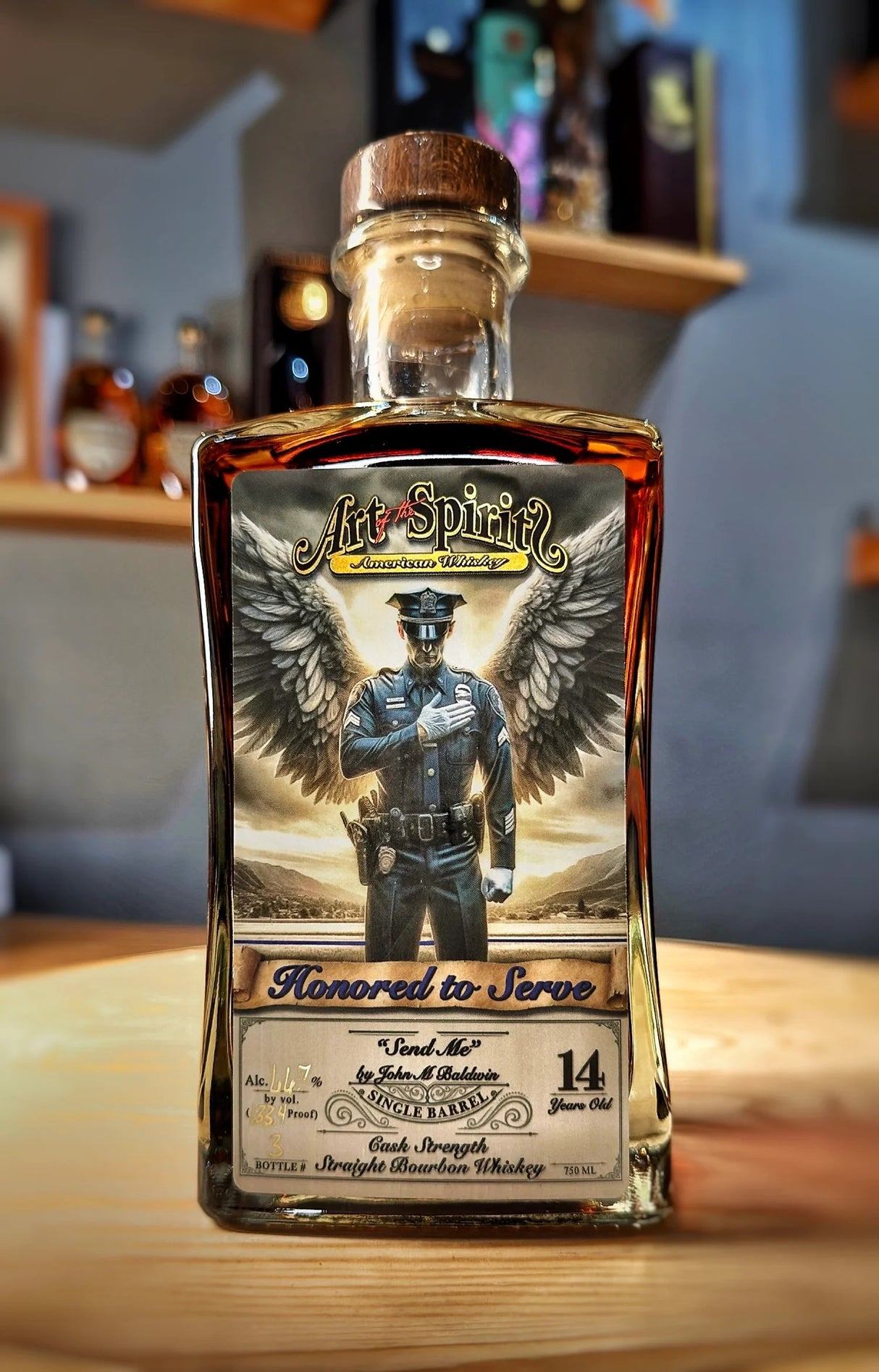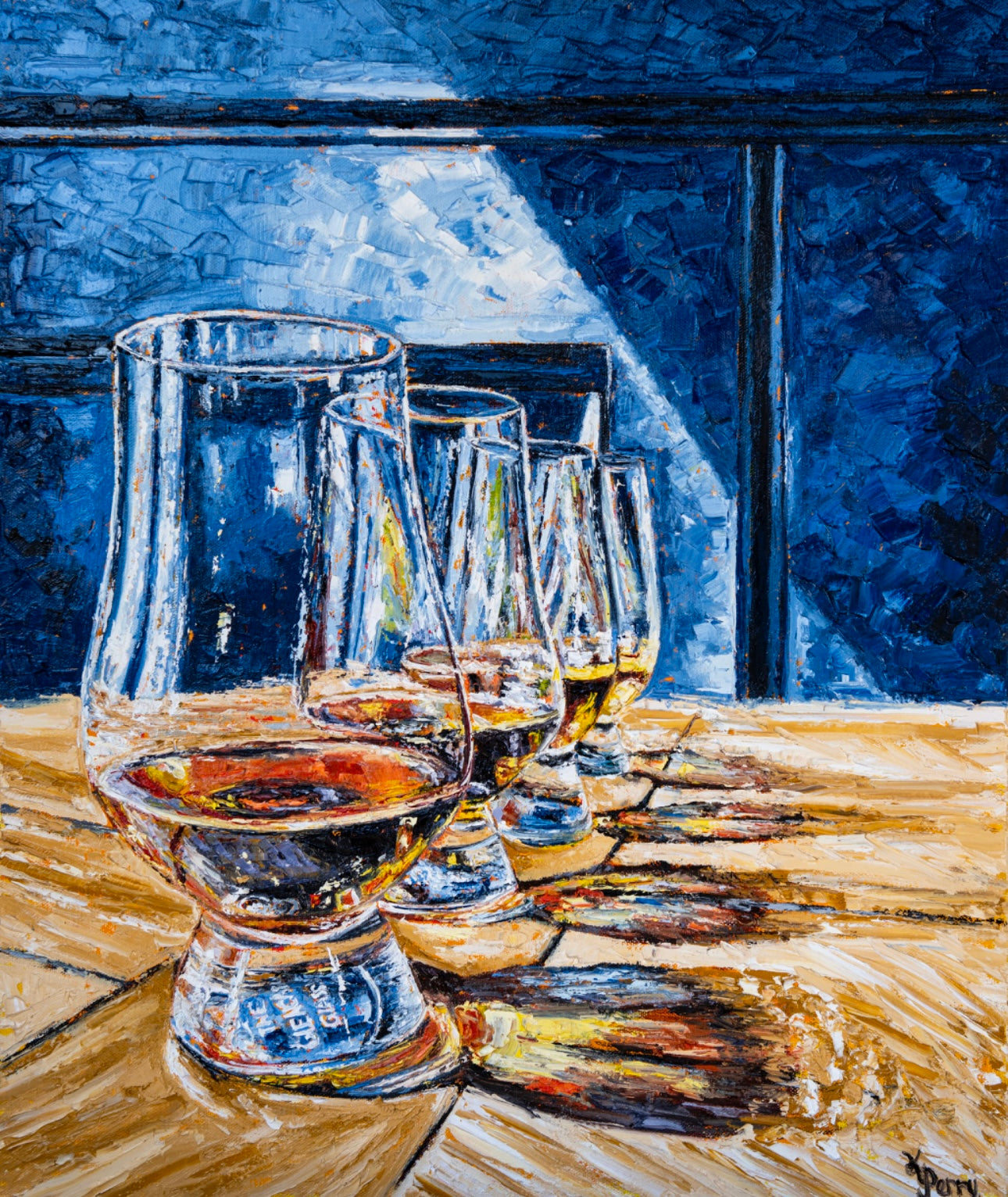Whiskey Art as a Statement: How It Boosts Home Decoration
Whiskey Art as a Statement: How It Boosts Home Decoration
Blog Article
Catching the Significance of Scotch Art Through One-of-a-kind Visual Representations and Styles
The art of bourbon expands past the fluid itself, showing up through a range of aesthetic representations that encapsulate its fabled heritage and craftsmanship. What continues to be to be revealed is just how these evolving styles mirror not just the scotch itself however additionally the altering landscape of artistic interpretation. Limited Edition.
The History of Bourbon Art

As scotch manufacturing spread, so also did the need to elevate its experience with art. From the intricate engravings on very early barrels to the fancy tags of modern-day bottles, each aspect mirrors a distinct creative vision, offering as a visual narrative of the scotch's heritage.
In the 19th and 18th centuries, the surge of the industrial revolution additionally boosted whiskey art, resulting in ingenious product packaging and advertising and marketing that captured consumer interest. Musicians and developers started experimenting with looks, imbuing whiskey-related images with symbolic definitions that conveyed notions of area, practice, and workmanship.
Today, whiskey art remains to develop, blending traditional approaches with modern art forms. Realism Art. This continuous discussion between the spirit and its graph underscores the long-lasting bond between whiskey and culture, enriching the overall experience for lovers worldwide
Iconic Bottle Styles
While lots of aspects add to the appeal of scotch, legendary container layouts play a critical role in forming customer understanding and enhancing the general experience. The visual presentation of whiskey containers is not simply an aesthetic consideration; it offers as a bridge between the customer and the product, stimulating emotions and setting assumptions.
Unique shapes, products, and closures can raise a whiskey brand's identification, making it promptly identifiable on congested racks. As an example, the classic Glenfiddich container, with its sophisticated tapered shape, conveys a feeling of custom and workmanship, while the strong, modern layout of the Balvenie bottle mirrors development and sophistication. Additionally, using colored glass or one-of-a-kind textures can recommend the top quality and character of the scotch within.
Famous designs typically include elements of social heritage, signifying the brand's background and connection to its roots. Brand Names like Jack Daniel's make use of a simple, durable layout that reverberates with its American scotch heritage. Inevitably, the impact of bottle style expands beyond simple capability; it envelops the significance of the brand, inviting consumers to delight and discover in the rich tapestry of whiskey culture.
Tag Art Work and Branding
Container layouts usually establish the phase of what customers can expect, however label artwork and branding play an equally significant duty in connecting a bourbon's identification. The tag functions as the very first point of contact in between the product and the consumer, enveloping the significance of the scotch within its visual elements.
Effective tag art work integrates color, typography, and imagery to create a story that reverberates with check this the brand's heritage and target audience. As an example, a tag featuring classic font styles and elaborate illustrations might evoke a feeling of custom and craftsmanship, appealing to aficionados. In contrast, vibrant shades and contemporary design components may bring in a younger demographic seeking innovation and exhilaration.


Photography and Visual Storytelling
Catching the significance of whiskey via photography and aesthetic storytelling is an art form that raises the brand experience. This medium transcends simple item depiction, diving right into the intricate narratives that surround each container. By using engaging images, photographers can evoke emotions that resonate with consumers, eventually creating a much deeper Learn More Here link to the scotch brand name.
Aesthetic narration in scotch digital photography usually makes use of abundant appearances, lighting, and composition to highlight the unique qualities of the spirit. The interplay of light and shadow can accentuate the amber hues of whiskey, original site while the choice of history components-- such as rustic barrels or classy glass wares-- can enhance the brand name's heritage or way of life associations.
Furthermore, capturing the ritualistic facets of bourbon intake, from the putting to the tasting, invites viewers right into a sensory experience, permitting them to visualize the tastes and scents that await. Each picture not just showcases the product but additionally informs a story of craftsmanship, practice, and the minutes that scotch can enhance - Bourbon Art. Hence, digital photography ends up being a powerful device in verbalizing the identity of bourbon brands, placing them within the more comprehensive cultural landscape
Arising Patterns in Whiskey Art
The evolution of bourbon art is progressively shaped by modern trends that mirror wider societal changes and consumer choices. One popular trend is the assimilation of sustainability into art practices. Artists are now utilizing environmentally friendly procedures and recycled products to create whiskey-themed items, resonating with eco conscious customers. This shift not just highlights the importance of sustainability yet also improves the narrative surrounding bourbon production.
In addition, digital art has risen in appeal, enabling ingenious depictions of whiskey. Artists are leveraging innovation to craft immersive experiences, such as increased reality setups that involve visitors and offer a deeper understanding of scotch's social significance. This trend likewise encompasses social media platforms, where visually striking material gathers focus and cultivates community among enthusiasts.
Moreover, cooperations in between bourbon brand names and musicians are becoming more prevalent. These partnerships produce limited-edition product packaging styles and special art work that commemorate both the workmanship of scotch and the imagination of musicians. As scotch art proceeds to progress, these arising trends will unquestionably shape its future, promoting a dynamic intersection of culture, sustainability, and technology within the whiskey area.
Verdict
To conclude, the art of bourbon incorporates a varied range of aesthetic representations that mirror its rich heritage and workmanship. From renowned bottle designs and detailed tag art work to engaging photography, each element adds to a more comprehensive story that improves the consumer's experience. As arising patterns, such as digital art and sustainability, remain to form this creative landscape, the multifaceted identification of scotch remains an enduring resource of cultural link and expedition.

In conclusion, the art of bourbon incorporates a varied variety of visual representations that reflect its abundant heritage and workmanship.
Report this page